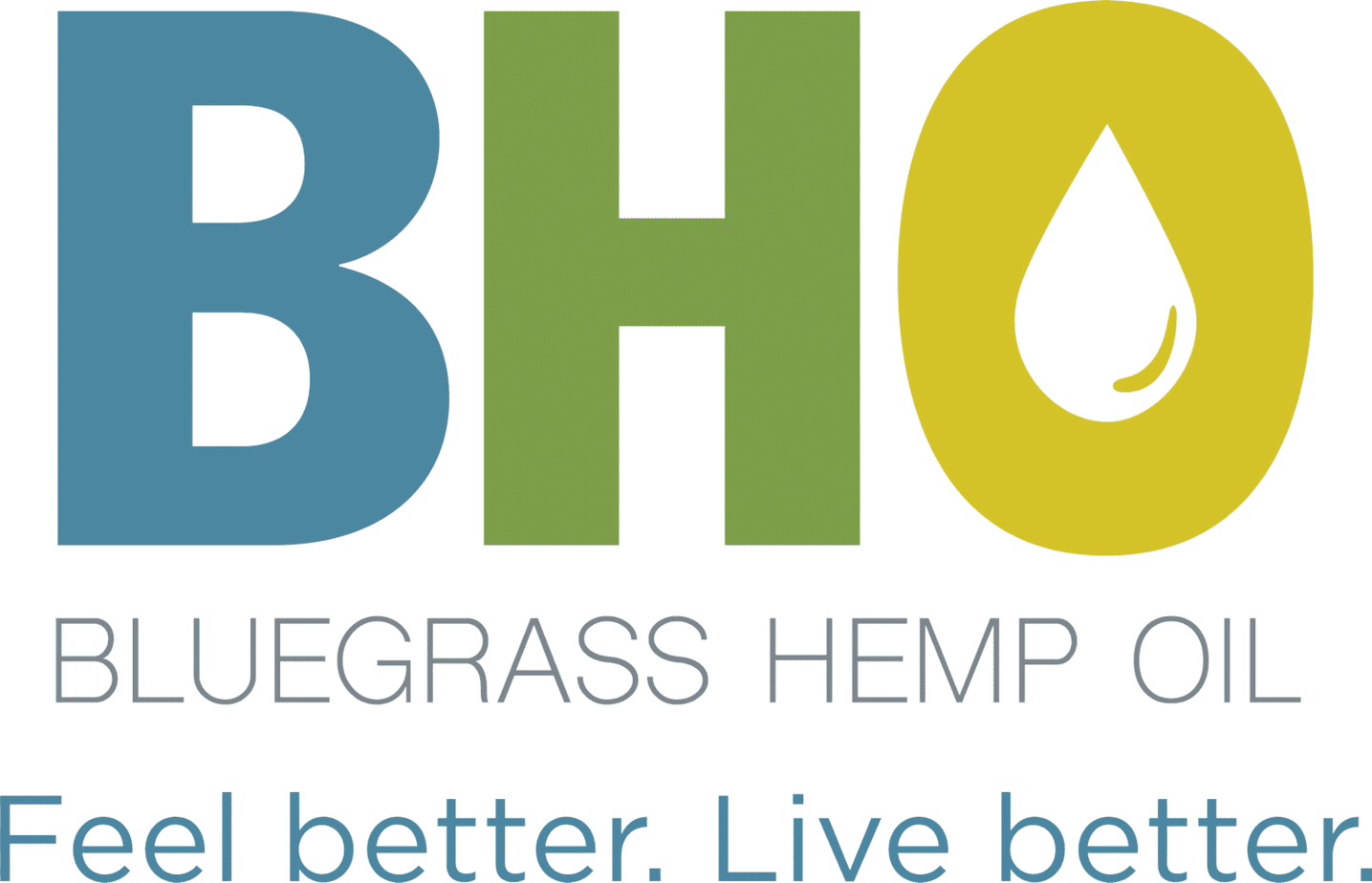First time CBD customers are often plagued with many questions and concerns before starting their CBD journey. Aside from their curiosities surrounding what is in the product they’re taking and what benefits said product will offer them, the usual first question we hear in our stores is, “So, how do I do it?” Finally, in a simple blog post to have on hand whenever you may need it, here is the rundown on how to take our CBD products.
“How Much Should I Take?”
When it comes to properly taking your daily CBD supplement, it is important to know, first and foremost, how much you are supposed to consume. Here, at Bluegrass Hemp Oil, we are firm believers that everyone is different–and because of this, everyone’s proper serving
may vary.
Every
Genesis Blend Hemp Extract bottle provides customers with our serving suggestion–which is one dropper, filled to the topmost tick mark, twice daily. Generally, there is a wide range of results among our customer base: some customers claim to see results almost immediately, while others may not see the full benefits for around 6-8 weeks. If you find that after 6-8 weeks of regularly taking your full spectrum CBD you are
still seeing little to no results, you should consider upgrading to our
Extra Strength Genesis Blend Hemp Extract. On the other hand, if you feel that you might be taking too much or just wish to start yourself on a lower serving, you can always take half a dropper of your CBD oil until you think you have found the right amount for you.
“How Do I Take It?”
Sublingual Method
Depending on the form in which your full spectrum CBD comes in, the way in which you take it varies. If your CBD supplement is in oil form, sometimes called a tincture (extracted using alcohol) or extract, the most effective way of consuming it is sublingually. A sublingual
delivery method is quite straight forward: simply take a dropper full of CBD oil and place the oil under your tongue, leaving it there for about 30 seconds before swallowing the oil altogether. With our full spectrum product, you can wash your CBD oil down with any fluid of your choosing (water, juice, coffee, etc) or none at all. Because you’re holding that liquid under your tongue and letting it sit on the blood vessels there, it allows for better absorption and faster delivery to the rest of your body.
Oral Ingestion
For those who prefer the tasteless and easy-for-travel attributes that capsules and softgels provide, orally consuming CBD is also a common
method of consumption. Because it must first travel through the digestive tract, capsules and softgels generally take longer to have a noticeable effect on the body. Despite the delay in results and shorter timespan it remains in the body, softgels and capsules are still an effective method of taking CBD!
CBD edibles, including our delicious
honey truffles, are gaining popularity, as well. Though a more costly way of consuming CBD, there are still many therapeutic benefits in taking such products. Bluegrass Hemp Oil plans to launch our own line of
CBD gummies (hopefully, soon) as a way to further entice customers to seek the benefits of a daily CBD routine.
Topical Application
Trying something new can be scary, and first-time CBD customers (occasionally) find themselves to be a little apprehensive at first.
Topical CBD products are a great way for CBD newcomers to get accustomed to the effects of CBD because topically applying lotions, creams, or salves is easy, simple, and painless! It’s also highly recommended, in addition to sublingually consuming the oil, for localized pain points–BHO’s highly coveted
topical CBD products can be found at our online store or at our Lexington and Midway locations.
“What About My Pet?”
BHO offers customers an award-winning
Unruffled Pet Oil, which is made specifically for your furry friends. Though, some of our customers prefer to give their animals the same blend that they take–which is totally fine! Our Unruffled Pet Oil, which is made with salmon oil, is meant to be given to your
pets in a similar way: you simply fill up (to the topmost tick mark) one dropper filled of oil–putting it either directly in their mouths or overtop of their food. Rich in omega-3 fats, salmon oil has been proven to assist in reducing inflammation, help to manage weight, and boost overall skin, heart, and brain health! Studies also indicate its abilities in reducing the risk of cognitive decline as well as inhibiting the development of neurodegenerative diseases.
However, for those choosing to share their
Genesis Blend with their non-human companions, we recommend filling one dropper to the half-way point. Giving your pet half of a dropper of your own Genesis Blend Hemp Extract provides the same serving size that is suggested when using our Unruffled Pet Oil. If your pet is on the pickier side, or just prefers a yummy treat every now and then, our
Unruffled Dog Bites are widely celebrated by customers and Lexington reviewers, too!
Bluegrass Hemp Oil’s Genesis Blend
Unless there are underlying conditions that prohibit it (or you just really dislike the taste) Bluegrass Hemp Oil always recommends purchasing CBD oil–as opposed to capsules or softgels. This is because the sublingual delivery method has been proven to offer the fastest results. But don’t worry, if the oil isn’t for you, our Genesis Blend
softgels and
capsules are proven to offer an equal amount of relief (it might just take a bit longer to kick in.)
If you or a loved one are interested in trying CBD for the first time, we recommend doing your
research. Thankfully, our experts at BHO have done a lot of that hard work for you! Feel free to
read up on our full spectrum blend and purchase your own bottle at our
online store or in-person at our Lexington or Midway locations. As always, BHO recommends consulting your physician prior to adding CBD into your daily routine to make sure that it’s the right fit for you and your family.

